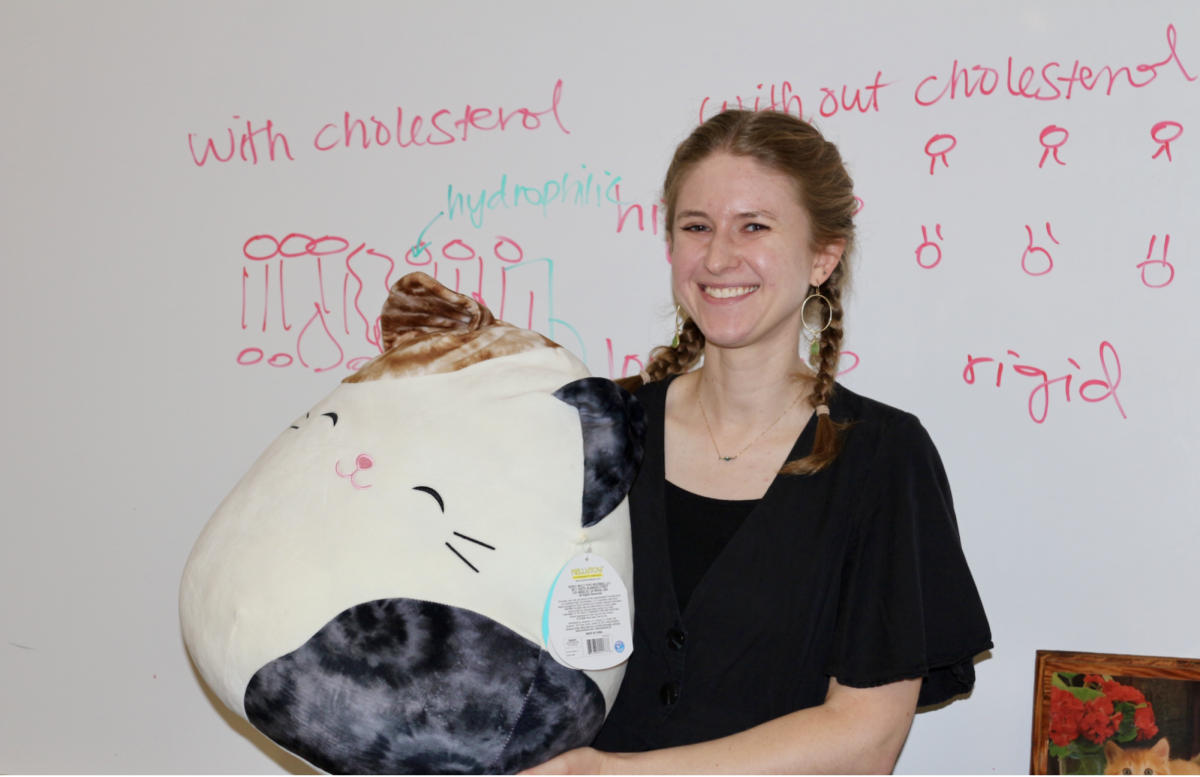Considered the holiest day in the Jewish calendar, Yom Kippur is known as the Day of Atonement. It is not a celebration, but rather a ritual that is very different from Rosh Hashanah, the Jewish New Year. Yom Kippur falls on the 10th day of the Jewish month of Tishri. It is a day of purification, where participants make peace with God, ask for forgiveness for their sins, and purify their souls by fasting from sunrise to sunset, wearing white clothing, and abstaining from luxury and pleasures. Ariella Koehler, AP Biology and Living Earth teacher, talks about her experience with Yom Kippur growing up. “Throughout the year, every time I felt like I had done something wrong, that maybe I hadn’t been true to myself, that I could have handled it better, I would go home and take one little bean and put it in a jar. On Yom Kippur, I would take out one bean and ask myself: Why are there so many and what could we have done to make them better?On Yom Kippur, let us be forgiving of our own faults and release them to rejuvenate our souls.
“My mother and I would walk around the neighborhood looking for streams of water and throw dried leaves or breadcrumbs into the river, which represented our sins and mistakes. Sometimes we would throw dried beans into the water. Watching the beans float away was like a cleansing,” Koehler recalls. “Over the years, I’ve learned how to balance my Jewish traditions with other aspects of life. I remember in college, I had a midterm scheduled for Yom Kippur. I told my professor that I couldn’t take it because it was the holiest day of the year. He said something about choosing what was more important to me.” Regardless of ethnic or religious background, everyone can learn something from this ritual.it is “It’s good to reflect, stay honest with yourself, and learn how to be a better person,” Koehler concludes.

